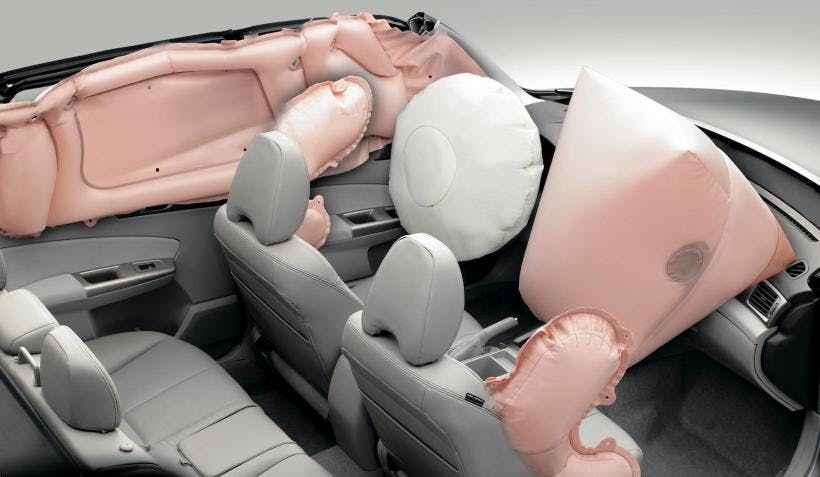

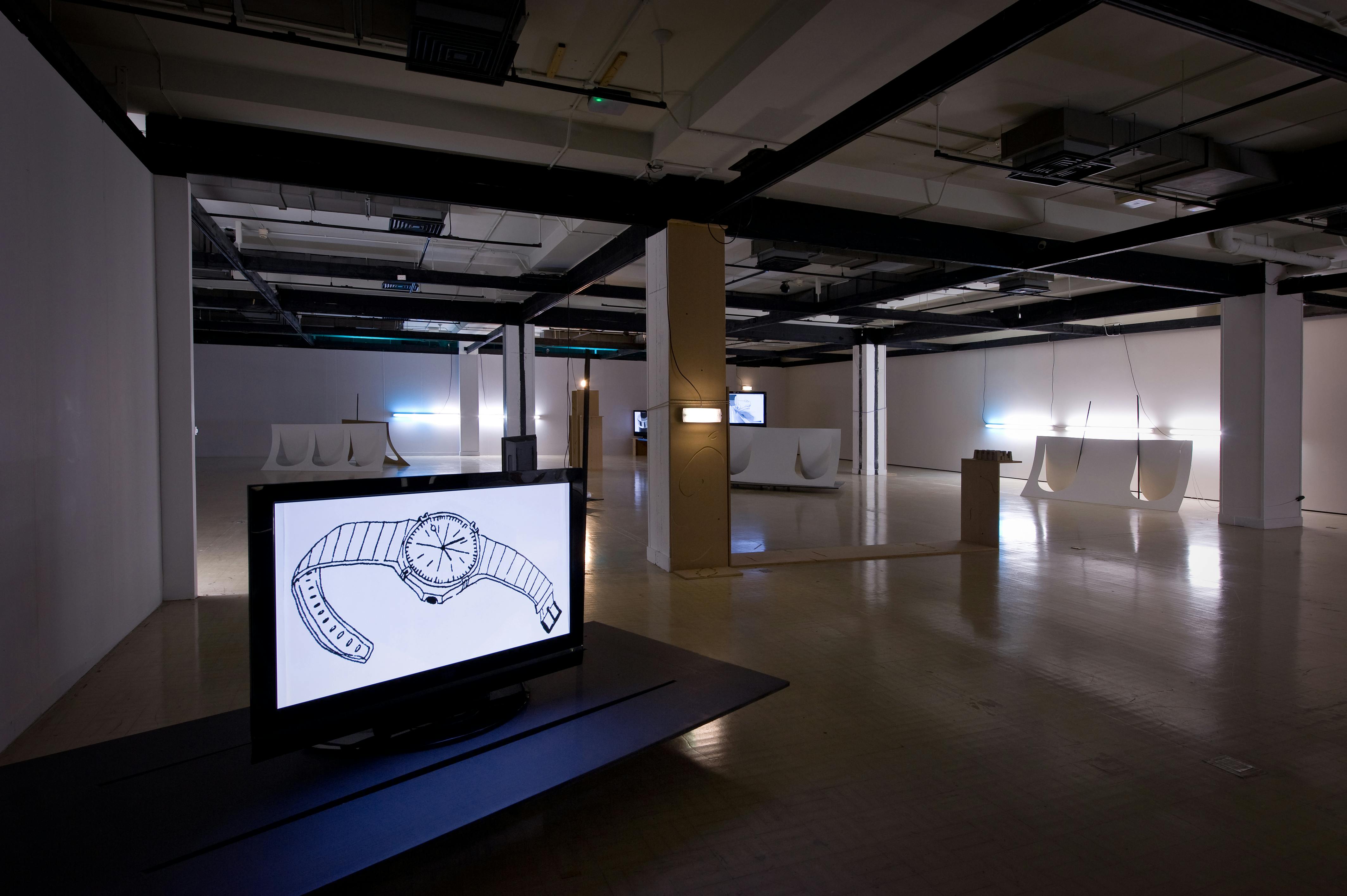
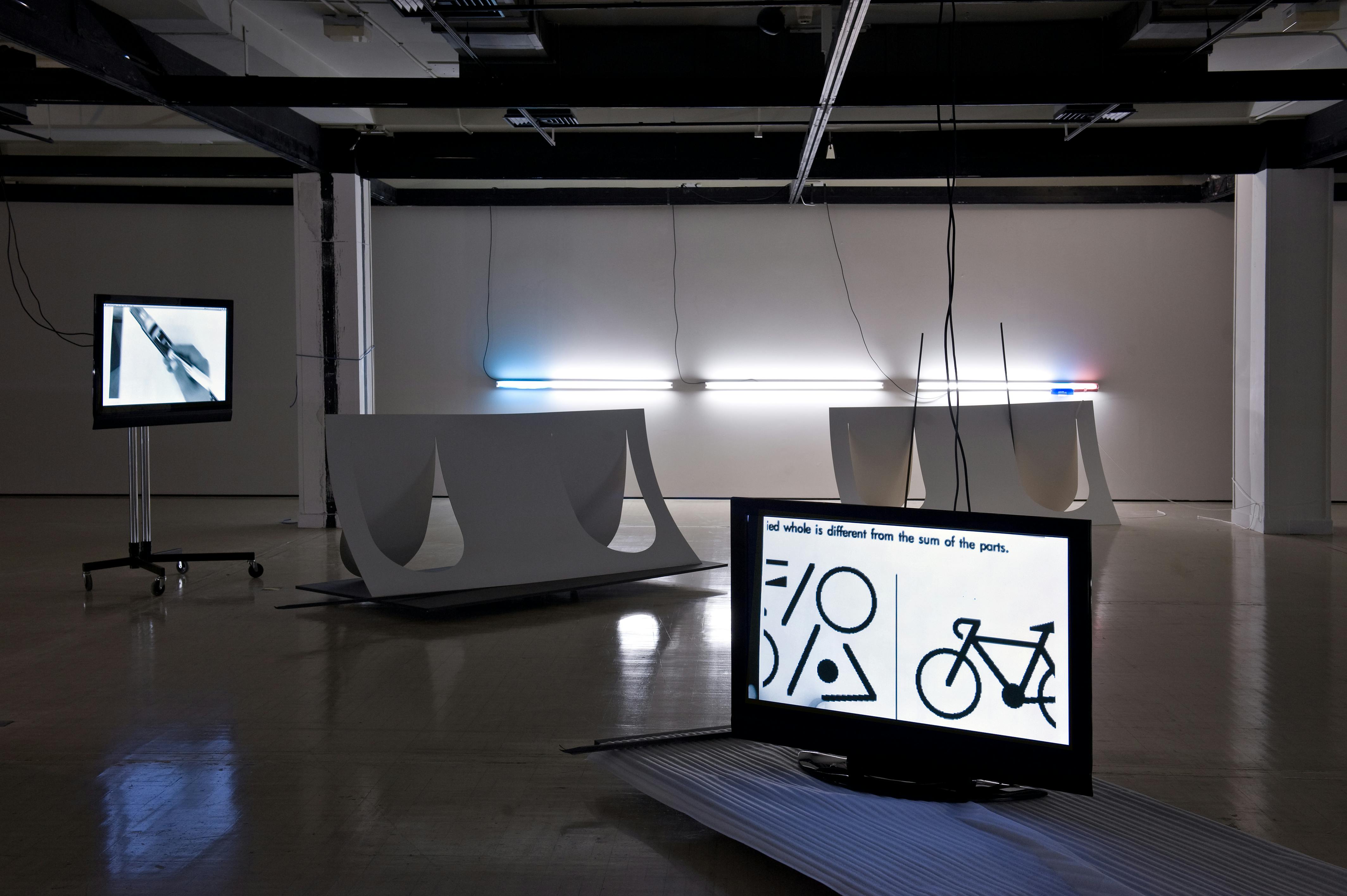
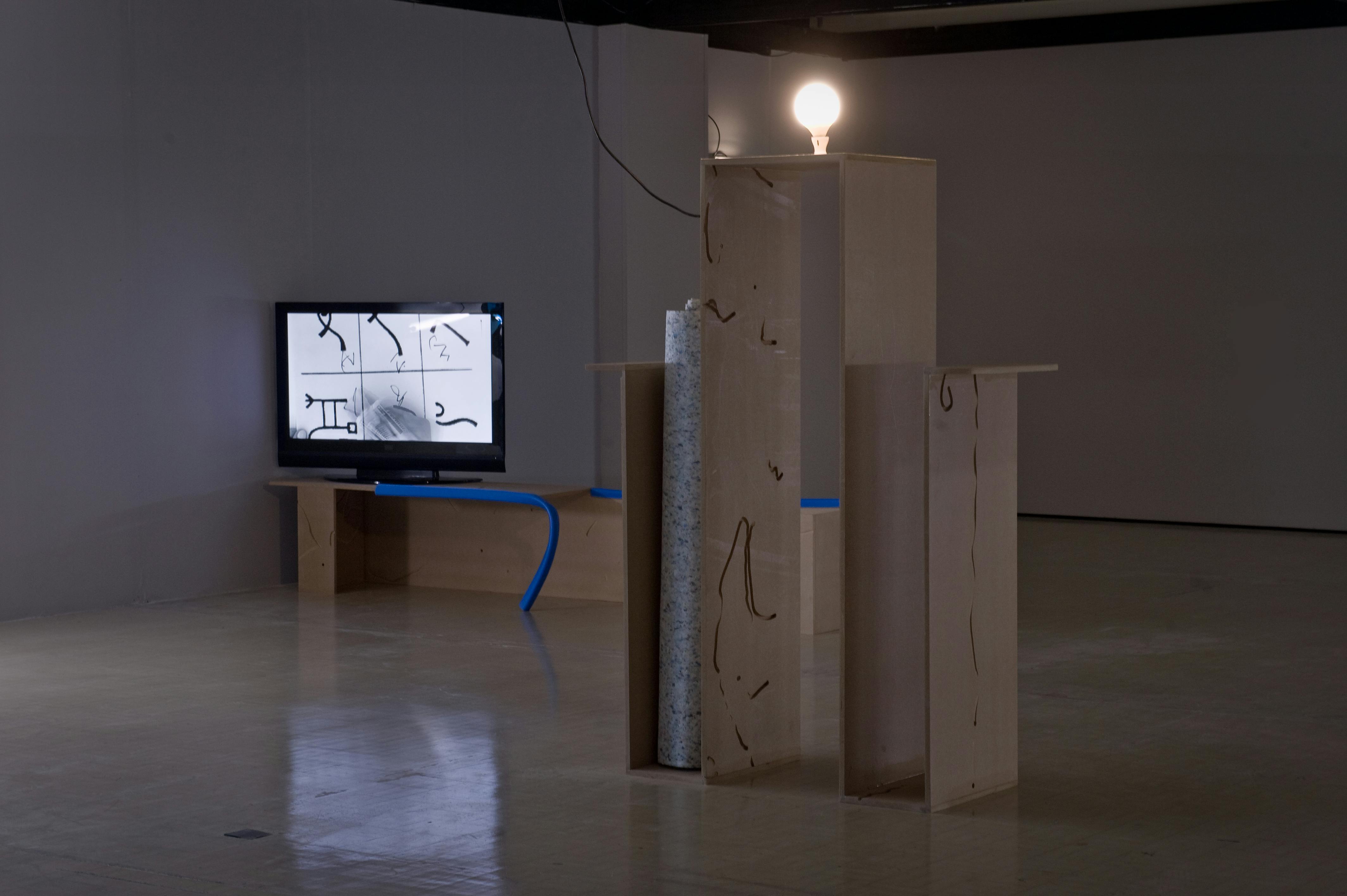
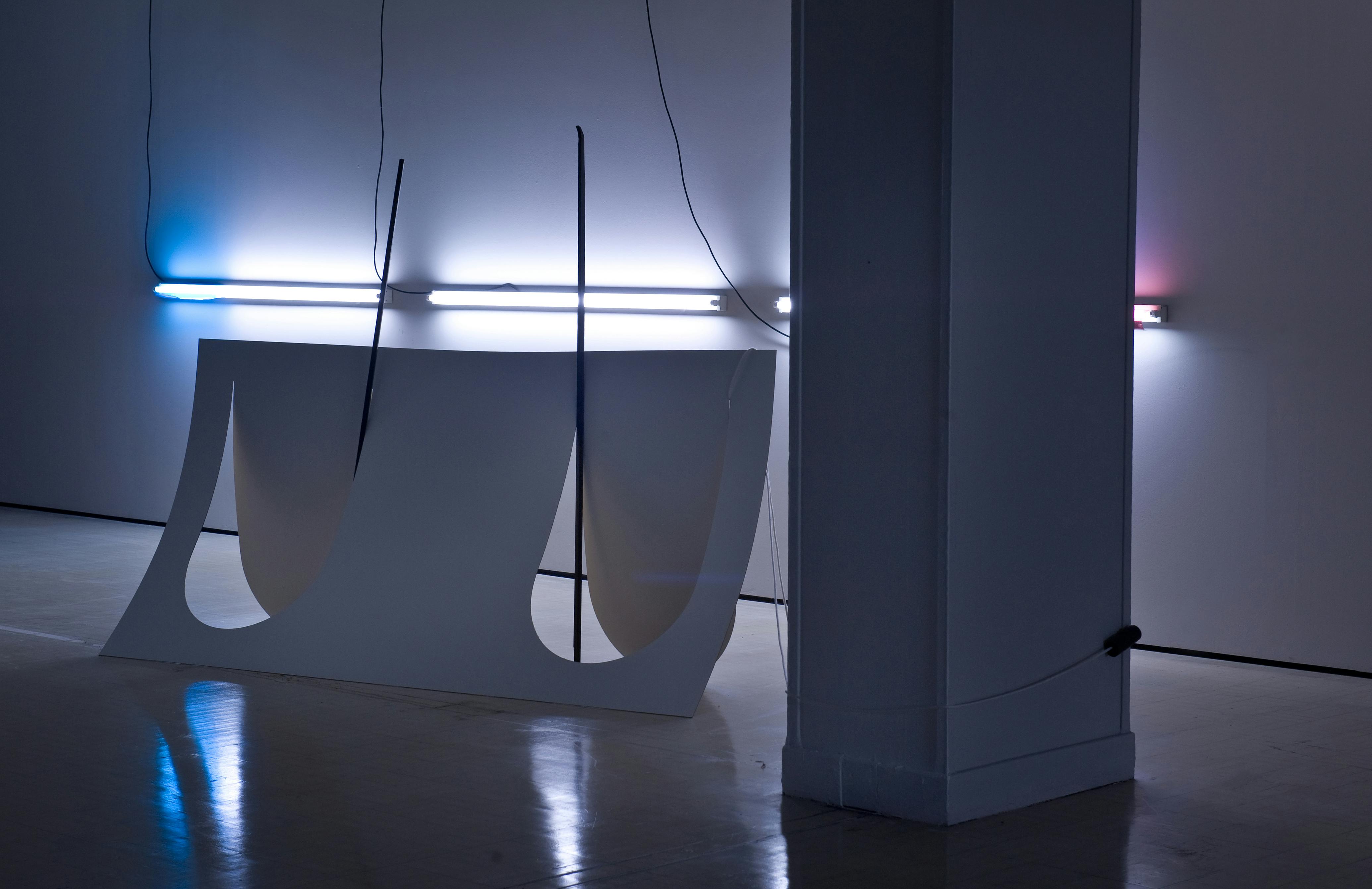
The Northern Gallery for Contemporary Art are pleased to announce a solo exhibition by Beatriz Olabarrieta, the artist’s first institutional show in the UK. The Spanish born, London based artist will be creating a series of site-specific sculptures that will act as a catalyst for a series of newly commissioned texts over the duration of the exhibition. By inviting figures from a variety of disciplines including art, architecture, theatre and TV the artist will give a range of disparate voices to her assemblages.
Central to the exhibition is Olabarrieta’s intention to explore how language lives both inside and around the stuff around us — how we voice objects. The sculptures will simultaneously shift the material aspects of the gallery architecture and operate as furniture or platforms where the writer is tasked as a performer. The exhibition will be culminate in a series of events with each component becoming an ensemble, folding the exhibition in a stage
Beatriz Olabarrieta (B.1979 Bilbao, Spain) received an MFA from the Royal College of Art in 2007. Recent solo exhibitions include ‘Shifty-Show (A Performance with Five Voice Overs’ at Cell Project Space, London (2014). Recent group exhibitions include ‘X-Operative’ at Wysing Centre, Cambridge (2013) and ‘Last Night’ at Parallel Oaxaca presented at Material Art Fair, Mexico (2015). Olabarrieta will be undertaking the Platform residency at Site gallery in Sheffield later in 2015 and hold a solo exhibition at MOT International, London. The project has been supported by The NewBridge Project, Newcastle.
Martin Herbert's Accompanying Text:
These words were written after a shot of caffeine, at a white table in a high-ceilinged room in Berlin. Outside the window, a blossom tree had bloomed and was fading; the writer faced an intimidating wall of books, not his own. To say this, of course, is merely to scratch the surface of what might be tilting these sentences this way or that, the many invisible hands on the tiller. And yet we rarely think about art, or cultural production, against such a circumstantial backdrop. There’s a habitual and romantic assumption – perhaps a hangover from the New Criticism of the mid-twentieth century, which famously sought to divorce the made from the maker, or perhaps we resist querying what even the artist can’t tabulate – that creativity powers past ambient conditions, the vicissitudes of life. In Beatriz Olabarrieta’s art, those terms are emphatically and smartly reversed.
In recent years, Olabarrieta has found diverse ways to explore how content might emerge as a kind of pushing back against externals, sometimes directly in videos that show the process of writing or drawing as determined by a secondary action (nosing a ball with the scribing tip of a pen, say), at others in response to the idiosyncrasies of an exhibiting space. For the present exhibition, by her own admission, Olabarrieta responded instinctively, wanting something that would make the space breathe and move: art as lungs, hence the removal of gallery walls in the service of breathability; art as vehicle, in the case of the bumper cars that serve as the show’s new lighting system. There are sculptural objects here, yet in no way autonomous or fixed: some in sand, others determined by the columnar aspects of the gallery and halfway between artwork and functional object. These serve as nooks for seven writers, whose working in situ opens the work onto performance – further confounding categories in a show that merges text, video, objects, environment, dramaturgy – and who in turn are producing something as yet undefined, namely parts of a theatrical work to be performed at the end of the show’s run. Since the authors aren’t comparing notes, the result operates in the tradition of the Surrealist ‘exquisite corpse’; and, in a further layer of indeterminacy, what they write will also, however subliminally, surely be determined by where they are sitting, in a fluid interplay of mind, object, language.
It’s perhaps worth noting that in embracing language and theatre in her art, Olabarrieta is reacting to her own intellectual formation, reacting to previous reactions. Prior to studying fine art, she was a philosophy undergraduate, but found the subject’s rigidity stifling; she had also, from her teens onward, worked in theatre (with a particular focus on the ‘poor theatre’ tradition of Tadeusz Kantor, Antonin Artaud et al). Art, she says, was liberating in its refusal of the doctrinaire or, at the time she was studying, the theoretical. Denying language, though, she evidently sees as another trap, and so it has returned, enfolded in a practice that does not allow it to dominate, that at once dethrones and nests it, allows it to be chancily shaped. (Perhaps ironically, that Olabarrieta’s artworks are endowed with a kind of propositional vitality resonates with Speculative Realism, bringing her art into the orbit of theory via processes that weren’t theorised upfront.)
In play here is a displacing or re-siting of content. If Olabarrieta’s art descends broadly from the minimalist given that the space in which the artwork is placed is also part of the viewing experience, then it radically expands ‘space’ to include the artist’s own evolving biography, the accidents of life as lived. The result is that so-called content is at once unmoored, allied with processes of growth –everything in Olabarrieta’s work, it should be clear, is segueing into or merging with everything else; some of the works here, containing holes and slots, suggest that they could return to the state of particles – and also made circular. The art refracts the processes of its own making. Yet it is not merely self-reflexive, for Olabarrieta’s approach has corollaries for anyone: it asks that we not buck against unforeseen limitations, but turn them to our own advantage on the basis that constraints, as many creative figures have discovered, can be generative.
On the largest metric, this is a model of facing the unknown. Olabarrieta, who, perhaps not coincidentally, studied classical piano to a high level but then later gave it up and became an improvising musician, presents, through her art, not-knowing turned to advantage via acceptance. Whatever the writers produce, whatever the shape of the play, is permitted by the design of the work, is recognised as explicitly shaped by it; in turn, whatever pressures enter the artist’s world, professional or personal or in the liminal space between, can be recouped as material. This is a way of making art, an art that breathes. It is also, one might say, a way of life.
Location:
Northern Gallery for Contemporary Art, Sunderland
Curator:
George Vasey
Partners:
The NewBridge Project
Photography:
Kathryn Brame